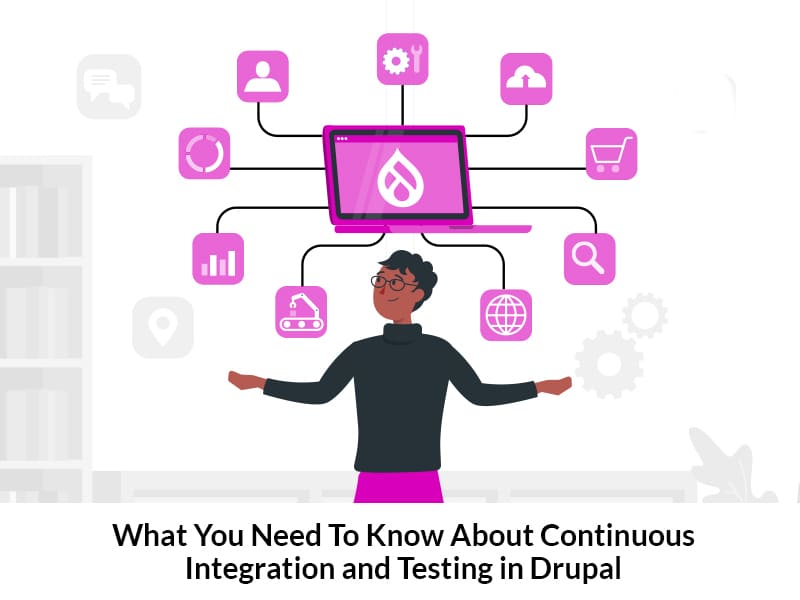Author:
Source
Sponsored:
Working in Public: The Making and Maintenance of Open Source Software - Audiobook

Unlock the Digital Creator Code!
Preparing for Drupal 11 is crucial to ensure a smooth transition, and we’re here to help you make it easy and efficient. This guide offers clear steps to update your environment and modules, perform thorough tests, and use essential tools like Upgrade Status and Drupal Rector.
Don’t fall behind! Making sure your site is ready for the new features and improvements Drupal 11 brings will make the upgrade work quick and easy.
Read on to learn how to keep your site updated and future-proof.
Ensure your environment is ready
- Upgrade to PHP 8.3: Ensure optimal performance and compatibility with Drupal 11
- Use Drush 13: Make sure you have this version available in your development or sandbox environment
- Database requirements: Ensure your database meets the requirements for Drupal 11:
- MySQL 8.0
- PostgreSQL 16
- Web server: Drupal 11 requires Apache 2.4.7 or higher. Keep your server updated to avoid compatibility issues.
Upgrade to Drupal 10.3. Before migrating to Drupal 11, update your site to Drupal 10.3 to handle all deprecations properly. Drupal 10.3 defines all deprecated code to be removed in Drupal 11, making it easier to prepare for the next major update.
Update contributed modules. Use Composer to update all contributed modules to versions compatible with Drupal 11. The Upgrade Status module will help identify deprecated modules and APIs. Ensure all modules are updated to avoid compatibility issues.
Fix custom code. Use Drupal Rector to identify and fix deprecations in your custom code. Drupal Rector automates much of the update process, leaving “to do” comments where manual intervention is needed. Perform a manual review of critical areas to ensure everything functions correctly.
Run tests in a safe environment. Conduct tests in a safe environment, such as a local sandbox or cloud IDE. It’s likely to fail at first, but it’s essential to run multiple tests until you achieve a successful result. Use:
composer update --dry-runto simulate the update without making changescomposer why-not drupal/core 11.0if there are issues, identify which dependencies require an earlier version of Drupal
Compatibility tools. Install and use the Upgrade Status module to ensure your site is ready. This module provides a detailed report on your site’s compatibility with Drupal 11. Check for compatibility issues in contributed projects on Drupal.org using the Project Update Bot.
Back up everything. Before updating, ensure you have a complete backup of your code and database. This is crucial to restore your site if something goes wrong during the update.
Considerations for immediate upgrade
You may wonder if you should upgrade your site to Drupal 11 as soon as it’s available. Here are some pros and cons to consider:
- Maybe no: Sites can wait up till when the Drupal 10 LTS (long term support) ends (mid-late 2026) and then upgrade. This allows contributed modules to be fully ready for the update.
- Maybe yes: Upgrading early lets you take advantage of new features and improvements but may introduce new bugs. Additionally, if everyone waits to upgrade, it could delay the readiness of contributed modules for the new version.
While Drupal 10 will be supported for some time, it’s advisable to stay ahead with these updates to use the improvements they offer and ensure a smoother, optimized transition.
By following these steps and considerations, your Drupal site will be well prepared for the transition to Drupal 11, ensuring a smooth and uninterrupted experience. Get ready for the new and exciting features Drupal 11 has to offer!
References
The post Get ready for Drupal 11: An essential guide appeared first on Four Kitchens.





